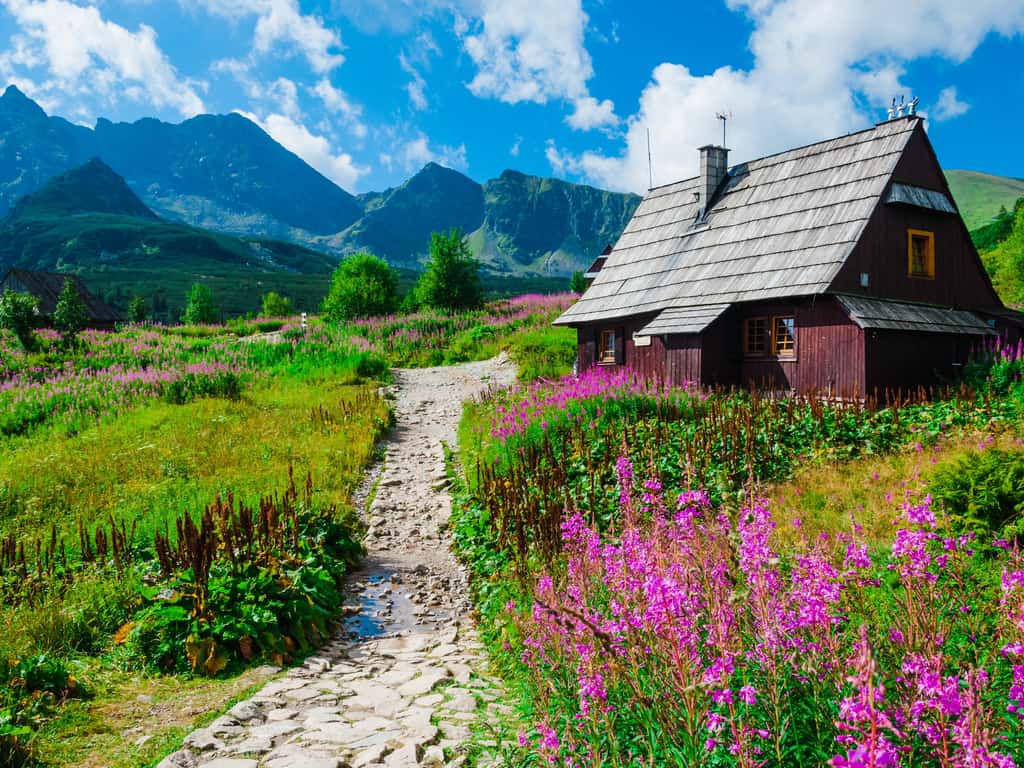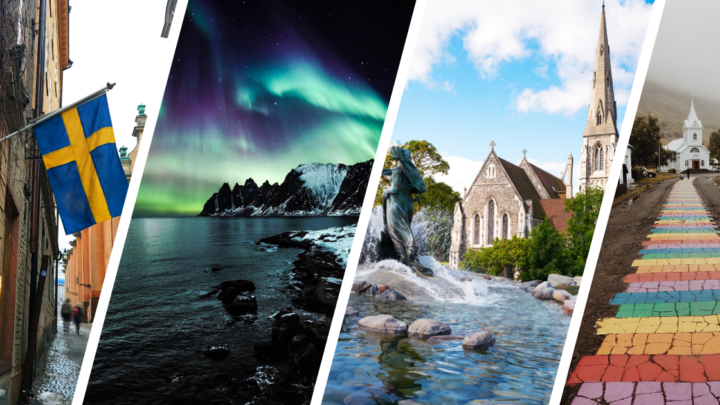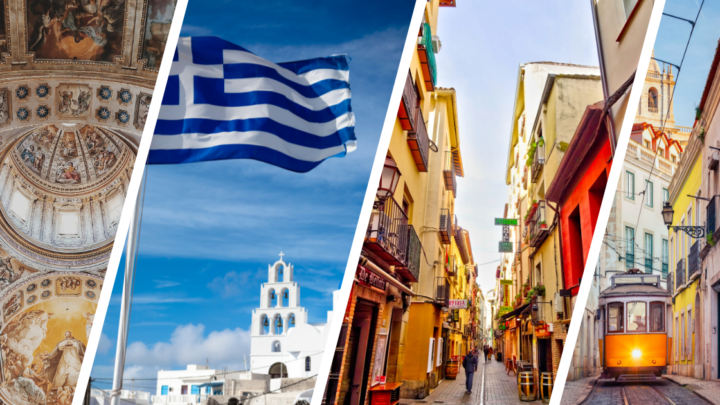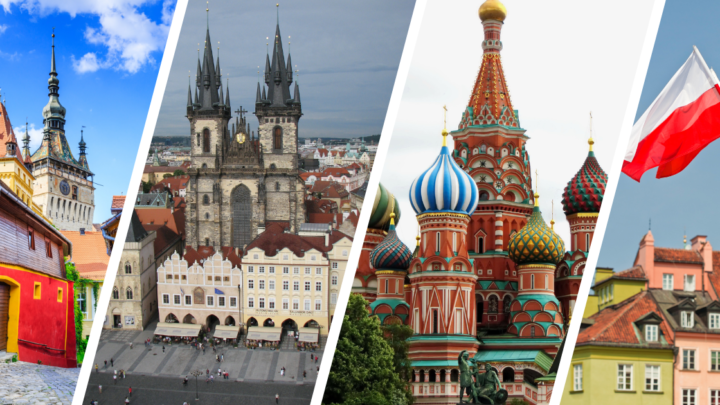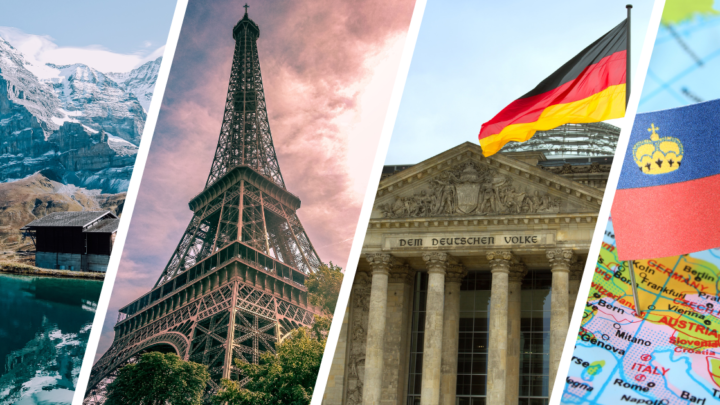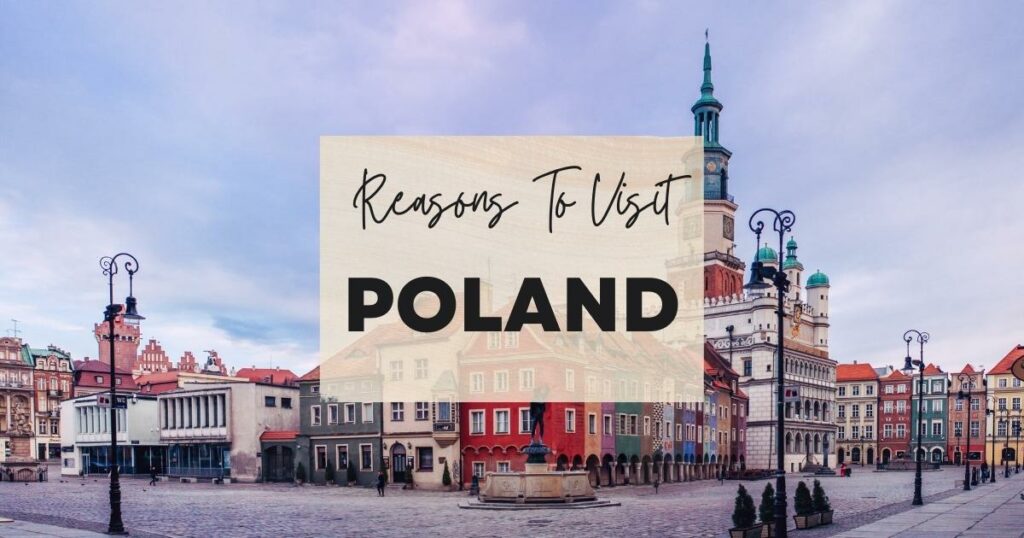Looking forward to exploring Poland? Look at our carefully selected list of top Poland attractions below on the best thing to do in Poland and places to go in Poland. Wondrous Drifter, a Web 3.0 travel startup, hopes to have a significant impact on the world.
Table Of Content
- Auschwitz-Birkenau Camps
- Wieliczka Salt Mine
- Warsaw Old Market Place
- Malbork Castle
- Lazienki Park
- Schindler’s Factory
- Crooked Forest, Gryfino
- Warsaw Rising Museum
- Wawel Royal Castle
- Wolf’s Lair, Gierloz
- Morskie Oko Lake
- Kraków Cloth Hall
- Wieliczka Salt Mines
- Tatra Mountains
- Westerplatte
- Zamosc
- Katyn Museum
- Zalipie
- Praga
- Poznan
- Explore Europe
Auschwitz-Birkenau Camps
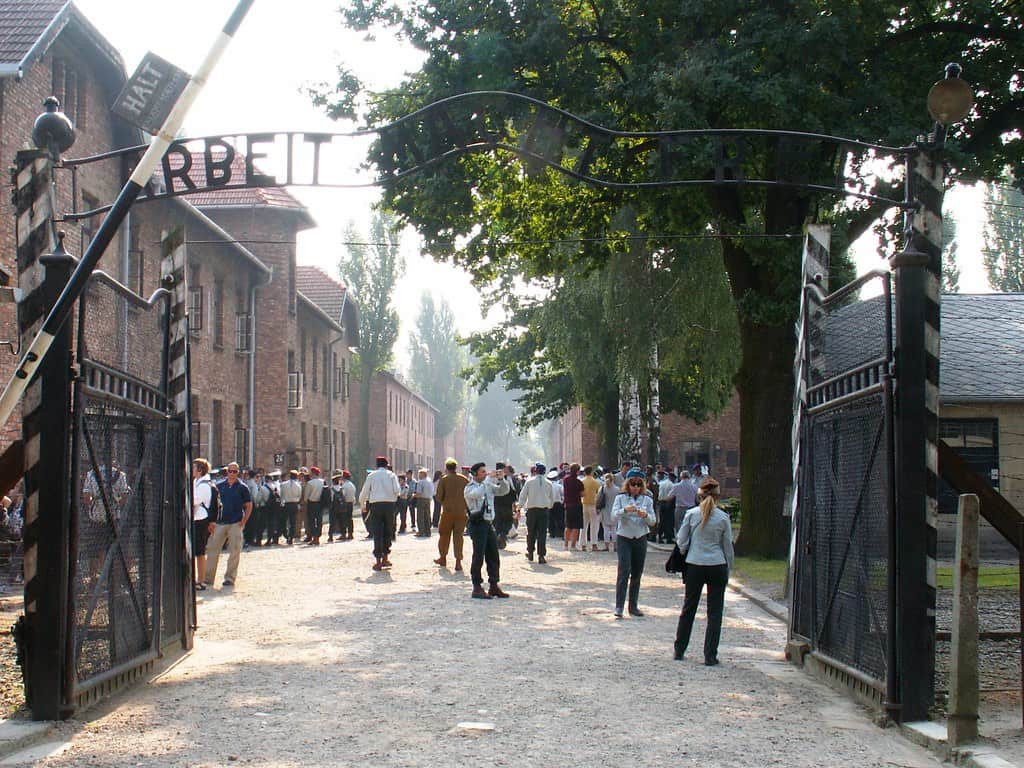
For a different must-see experience, visit Auschwitz I and Auschwitz II—Birkenau, the Nazi death camps. Auschwitz’s relics must be carefully examined to understand Europe and the rest of the world after World War II.
There are two real memorials here: Auschwitz I and Birkenau II. A tour guided by an educator will deepen your appreciation of this special location. A concentration camp and extermination facility known as KL Auschwitz was the largest of the Nazi concentration camps.
Over 1.1 million people, including men, women, and children, were killed in this place. The museum, which was established in 1947 to save the post-camp artifacts, is in charge of looking after them. The camp was partially destroyed and burned down, although many of the structures are still intact today.
At the moment, the Memorial has the Archive and Collections, as well as a place for research, preservation, and publishing.
Krakow may be reached by car in about an hour through the concentration camps west of town.
Wieliczka Salt Mine
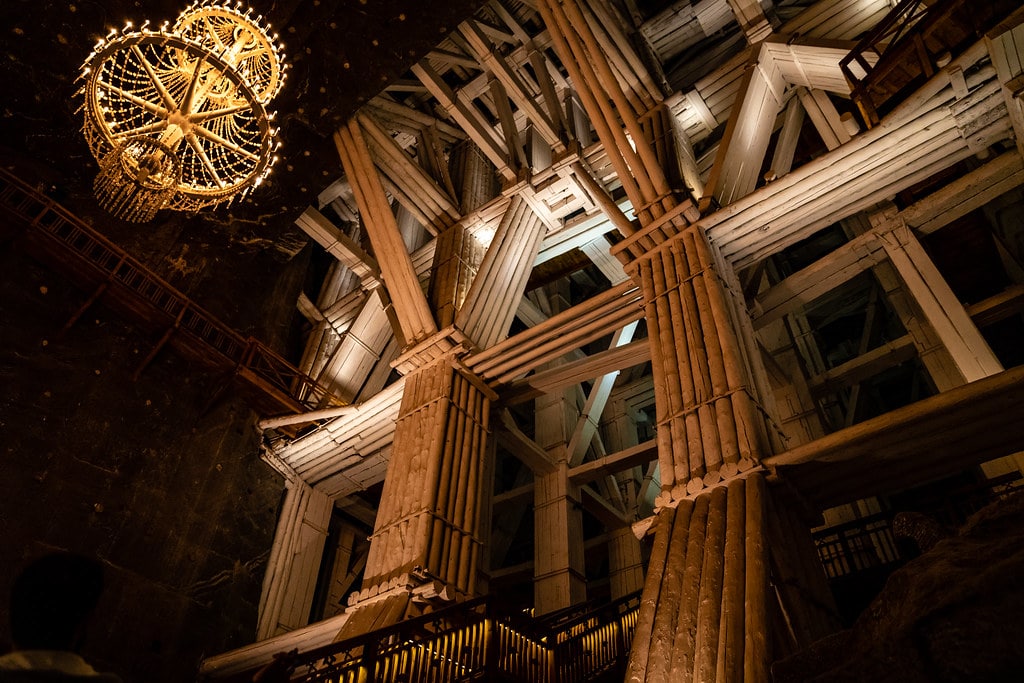
Nature has molded the rocks into a variety of odd, varied, and complex formations, which are the source of the magnificent underground landscapes. It may surprise you to learn that this mine has a geological formation that is unlike any other.
Hundreds of miners labor tirelessly every day to guarantee that the enormous salt labyrinth will continue to enchant tourists from all across the world for years to come. Visitors may always look forward to brand-new experiences being developed.
Fresh water is thought to be the primary source of life. That’s correct, but it doesn’t apply to the mine’s subsurface areas. Fresh water is a hazardous and potent thing that must be continually regulated in a salty environment like ours. One method is to send water to the saltworks.
The entire mine is encased in a blanket of gloom, even in the areas where tourists are not allowed. Lamps are used to illuminate the path for miners as they go through dark tunnels. Here they are stored, fixed, and kept in order!
Warsaw Old Market Place
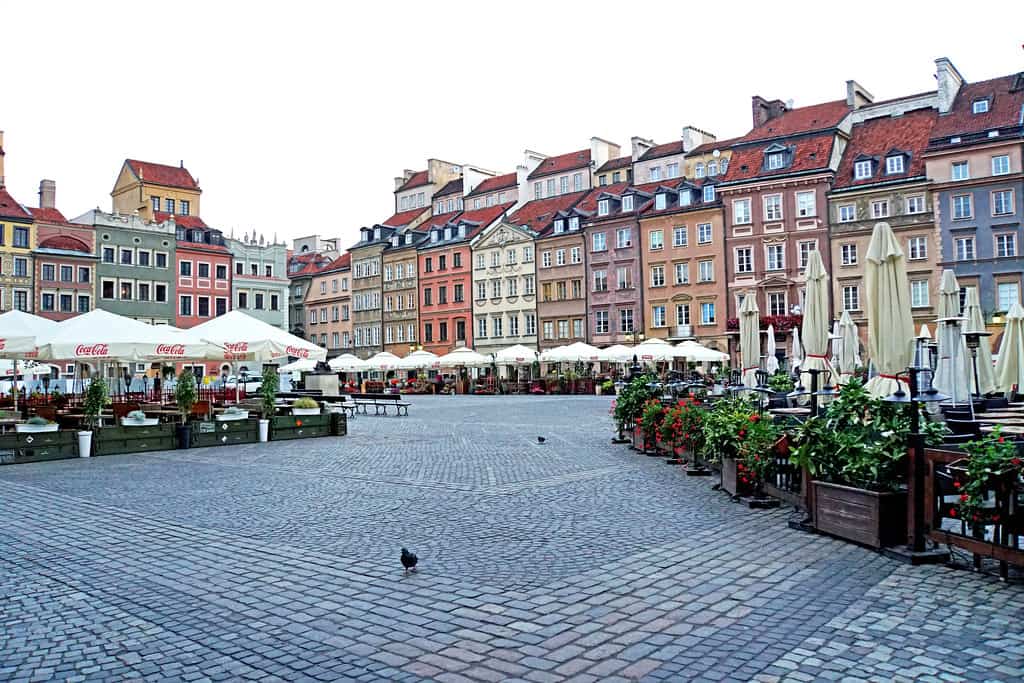
Byzantine-era architecture may be seen throughout Warsaw’s Old Town Market Square. Although the Nazis destroyed 85 percent of the area during World War II, now it has been reconstructed to appear precisely as it did when it was initially built.
The city’s most prominent plaza is a kaleidoscope of medieval, Gothic, and Renaissance structures and merchants’ homes. In the middle of Warsaw’s main square sits the 19th-century bronze monument of a sword-wielding mermaid, a Warsaw icon since medieval times.
Various cafes and food outlets, and also street art vendors, and many souvenir booths can be found in Market Square nowadays. The main section of the Warsaw Historical Museum is situated here, housing an extensive art collection as well as exhibits tracing the city’s history and country.
The Adam Mickiewicz Museum of Literature, a short distance away, honors Poland’s most famous poet and writer.
Have the intention to visit Poland? Discover more using our travel guides to Warsaw and Kraków. Don’t miss out on this amazing country, check out the entertaining things to do in Warsaw,Poland and things to do in Kraków,Poland.
Malbork Castle
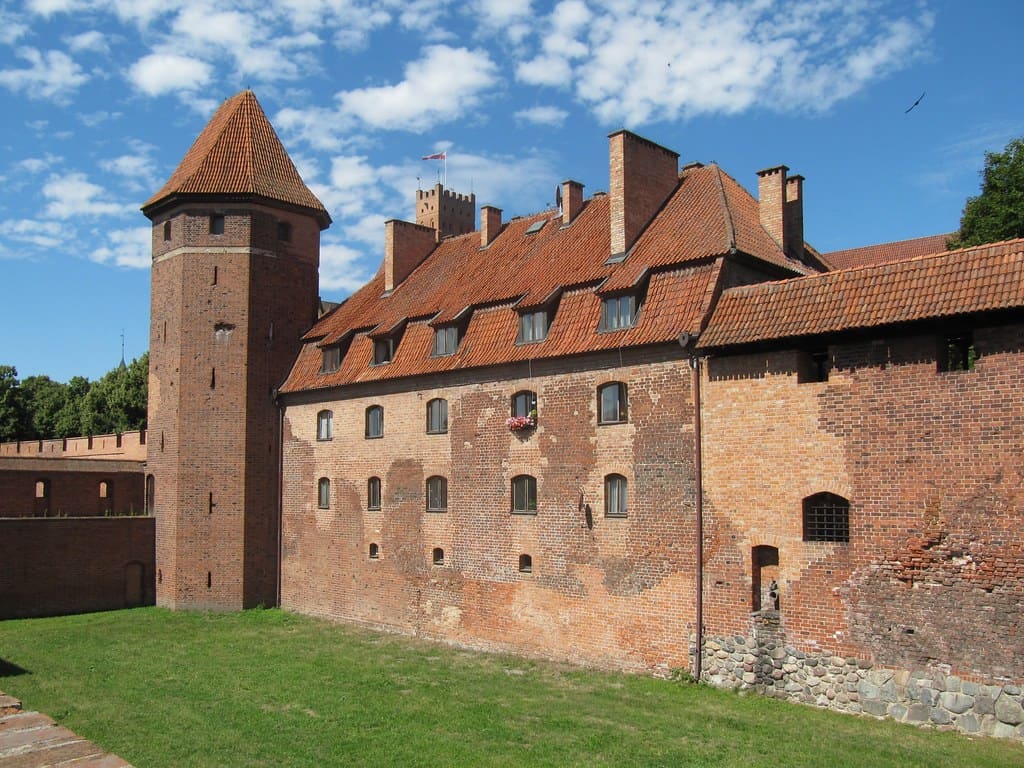
It was the Teutonic Knights, a military, and religious order, who erected this stronghold in the 13th century. It began as a tiny fortress but gradually developed through time until it reached its current size. Once the greatest Gothic structure in Europe, Malbork Castle has been and still is the world’s greatest castle by land area despite being demolished decades ago.
Many of the castle’s original chambers have been restored, and it now functions as a museum. You’ll find an impressive collection of historical armour and weaponry as well as the private lavatory used by medieval knights up in a nearby tower, complete with a six-meter fireplace.
To ensure that visitors don’t become disoriented and only view half the exhibits, a new, more conversational audio tour that utilizes GPS has been implemented, as have numerous additional exhibits. There are baggage lockers, restrooms, and snacks available at the ticket office.
The complex’s main entrance is located on the north side, which was once the only route in. The large courtyard of the Middle Castle may be reached by crossing the drawbridge from the main gate and then passing through five iron-barred doors.
Lazienki Park
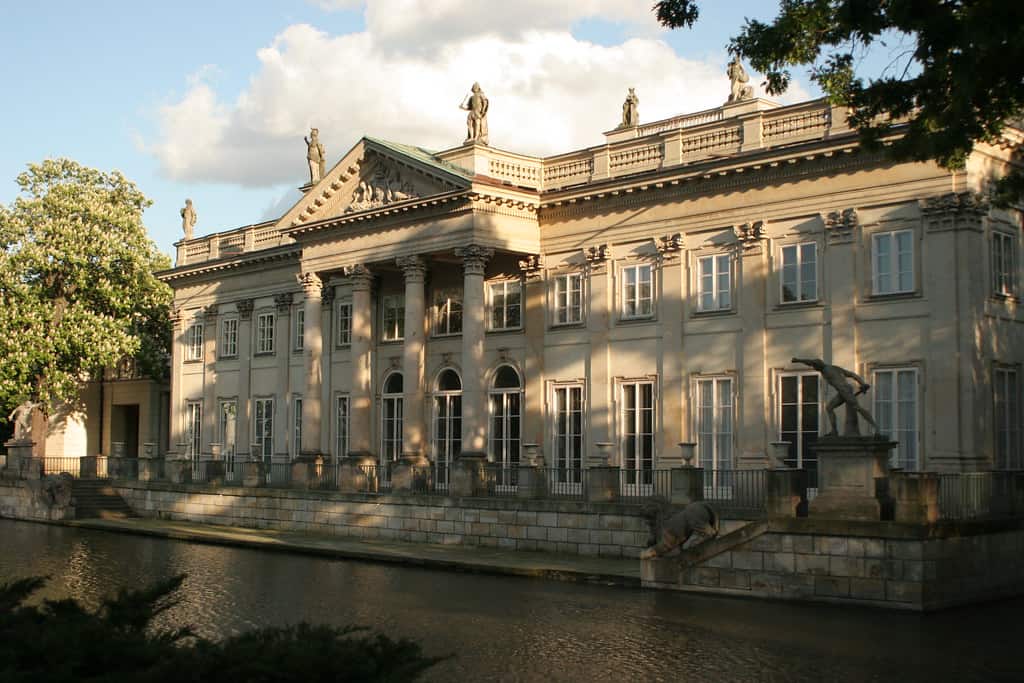
The Royal Lazienki Park in Warsaw is one of the city’s most historically significant green spaces, going back to the 17th century. The Palace on the Isle, built by Poland’s last monarch, Stanislaw August, is only one of several architectural wonders to be found in the region.
Many people go to azienki because of its stunning natural scenery and plenty of museums and cultural attractions. It is a well-known tourist destination in Warsaw.
One of Poland’s largest urban parks, Lazienki Park, comprises 76 hectares in the city core.
At first, Lazienki served as a bathing park for a nobleman. Palace on Isle and surrounding grounds are available to the general public today.
Classical-theater isle stage, a variety of lesser palaces and constructions that are now museums, and also a classicist temple dedicated to goddess Diana are all located on the grounds.
There is also a big statue of Polish musician Frederic Chopin on the park’s grounds. The monument was rebuilt in 1958 using its original mold forcibly demolished by German soldiers during WWII. At the foot of the monument, there are free piano recitals every Sunday afternoon.
Schindler’s Factory
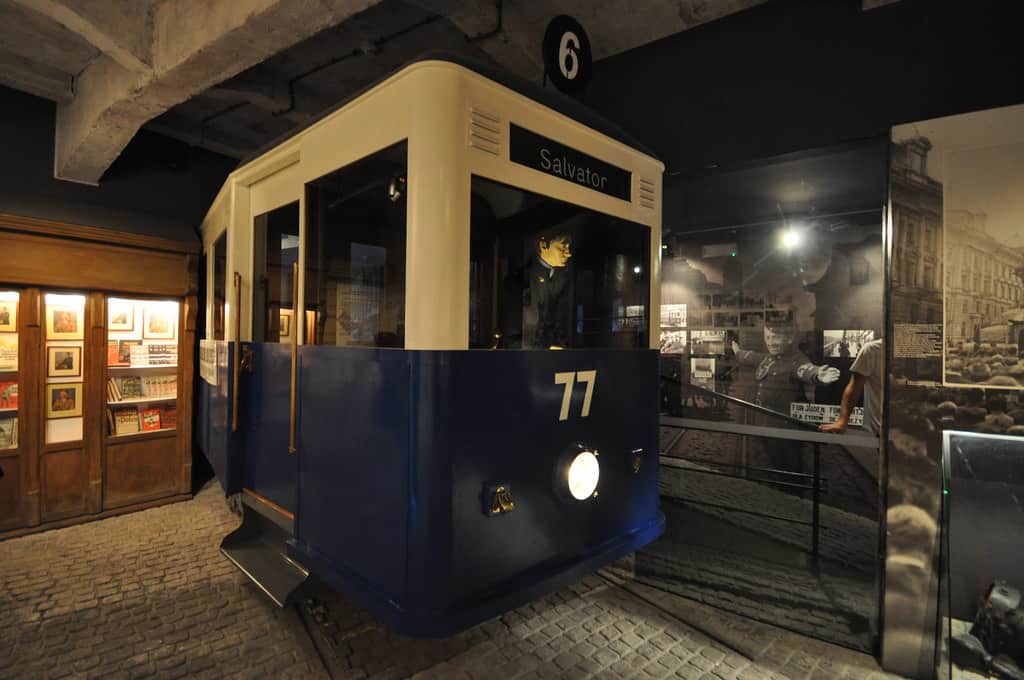
One of Oskar Schindler’s factories, popularized by Steven Spielberg’s 1994 film, currently houses two museums. Schindler’s former office and part of the former factory floor have been turned into a section of the Historical Museum of the Municipality of Krakow. At the same time, the Museum of Contemporary Art currently occupies a portion of the structure.
This factory’s old Schindler’s office, which has remained intact since World War II, is now a memorial to Schindler’s life and the lives of those he saved while working here. Enamel pots made at the plant may be found on a glass wall in the office, dubbed the “Survivors’ Ark.”
To finish off, several films show Krakow during Nazi rule, as well as the lives of those who lived there during that time period. Other immersive stage-like reconstructions from the 1940s may be found, including a normal street, tram seats, and a Jewish dwelling.
Crooked Forest, Gryfino
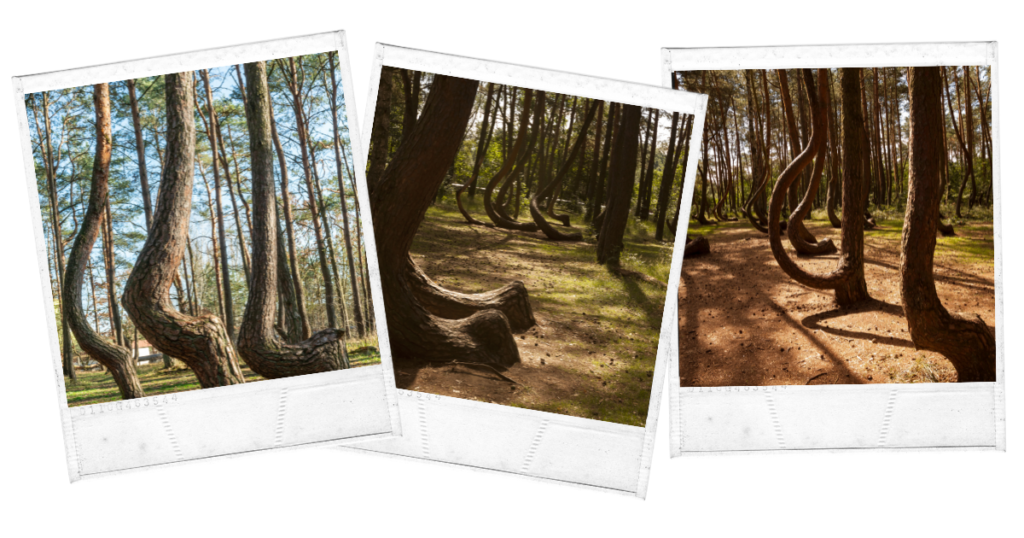
The Crooked Forest is a natural phenomenon that, if it exists at all, is inexplicable and may be found not far from the little village of Gryfino. A multitude of pine trees have grown here on their own, and all of them lean in the direction of the north, at an angle of ninety degrees at their bases.
The pine trees were first planted in this location in the 1930s, but it took around ten years before the trunks started to display their unique bend. In spite of the various hypotheses that have been proposed, there is an ongoing intense discussion about whether the curvature was produced purposely by manipulating the trees or whether it merely occurred naturally or by mistake.
No matter what the reason may be, it is difficult to ignore the spooky presence of the trees, especially considering that the remainder of the woods is full of perfectly healthy and straight pine trees. It is a wonderful area to go for a peaceful trek in the utter stillness of the forest.
Warsaw Rising Museum
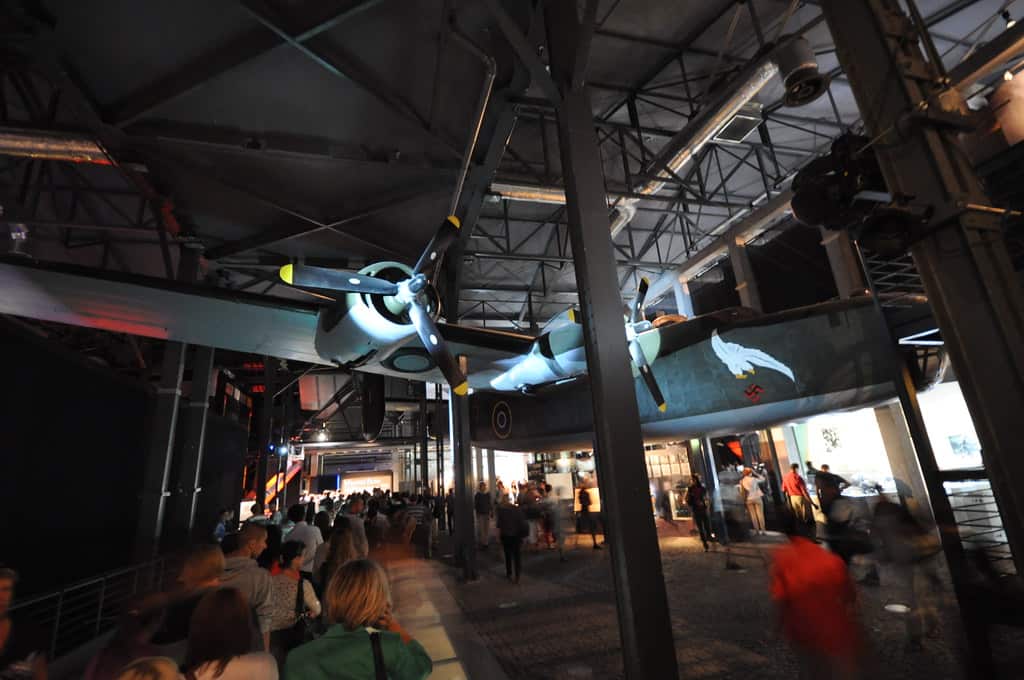
Museum of the Warsaw Uprising of 1944, in which the Polish Underground Resistance battled against the German capture of Warsaw, Poland. There were enormous losses on both sides throughout the 63-day insurrection.
The Nazis ruthlessly demolished a considerable variety of important buildings and sites in retribution once the Polish forces had surrounded them. It is astonishing how well the museum captures the spirit of the rebellion, which was led by a band of citizens with little resources and weapons striving to overthrow the oppressors.
An insurgent hospital, as well as a print factory where you can view posters and underground publications from the insurgency, are all shown as part of the museum’s exhibits, which comprise a number of rooms and events brought to life using films, antiques, recreations, and interactive displays.
Atrocities perpetrated during the revolt and the Nazi occupation are shown in a particular area in many rooms.
Wawel Royal Castle
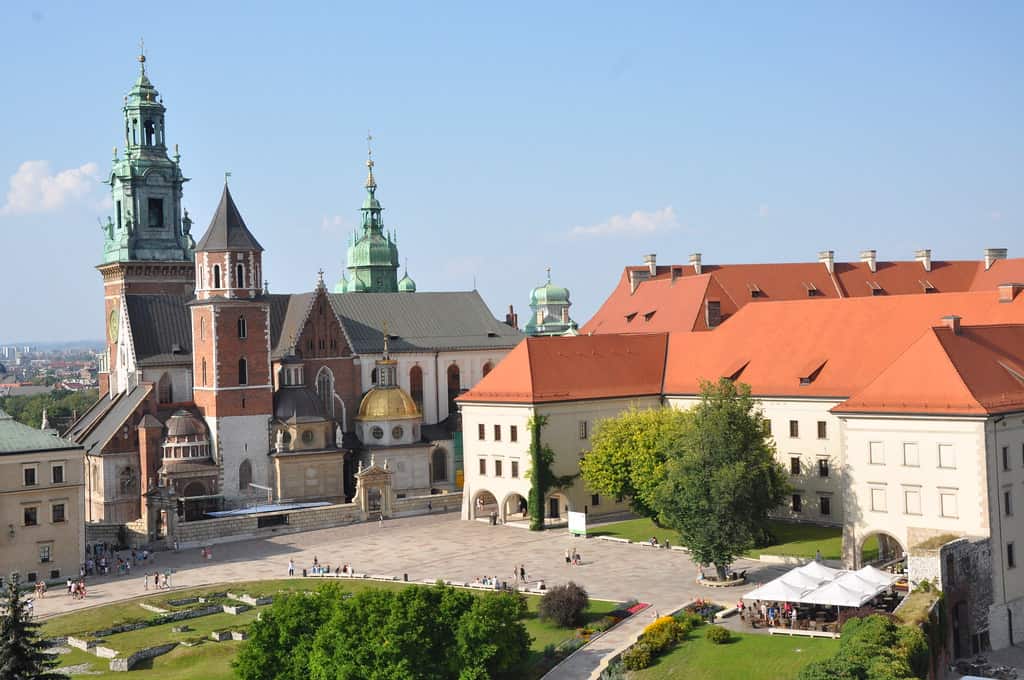
The architecture of Wawel Castle features a variety of architectural styles, including Renaissance and Baroque, as well as aspects from the medieval period. The castle, which was one of the first locations in Poland to be included on the list of UNESCO World Heritage Sites, has always played a significant place in the history of the country.
Since King Sigismund I the Old, who resided in the fortress in the 16th century, was a passionate art collector, it is only natural that the castle is now a prominent art museum, with a primary emphasis on paintings and curatorial work.
Additional collections include various types of firearms and armor, porcelain and pottery, a substantial number of period furniture, and a large number of fabrics and prints. In addition, the museum is home to one of the most extensive collections of Ottoman tents that can be found elsewhere in Europe.
So, stop making excuses and start traveling. The voyage of discovery starts here. Kick off your world travel by checking out our travel around the world guide. The USA has to be on your bucket list when you travel the world. America is home to some of the most impressive and interesting museums that you will find nowhere in the world. Discover the travel guide of must visit states in USA.
Wolf’s Lair, Gierloz
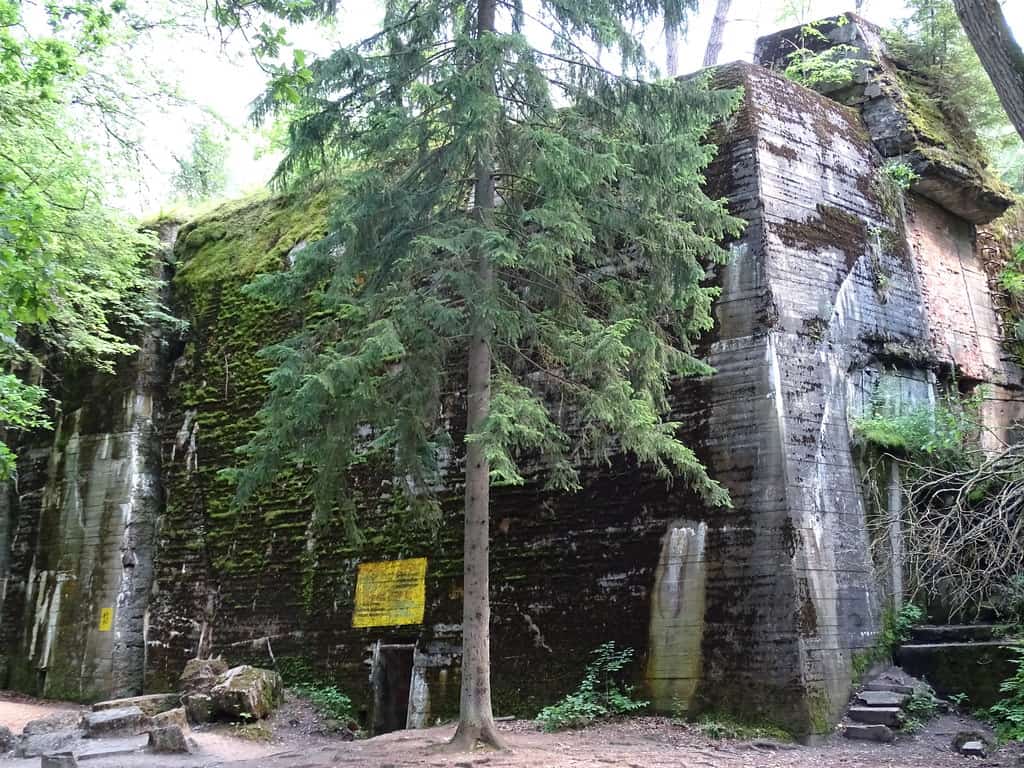
The top-secret military headquarters of Hitler’s Third Reich may be found buried deep within the Masurian forest. During the time it was in use, it was surrounded by three heavily fortified security sectors that were guarded by heavily armed forces and land mines.
Over 80 structures were present in the region at the time, many of which were bunkers and watchtowers designed to provide protection from aerial attacks. The Nazis detonated the complex in 1945 before escaping from the advancing Soviet forces. However, due to the substantially fortified construction of several of the structures, many of them were not able to be destroyed by the explosion.
It is now possible for tourists to make the journey to the region from Warsaw in one day. Even though there are plans to add historical displays or even a museum to the area in the future, for now, it is mostly a collection of ruins that visitors can walk through and learn about the many things that happened here in the past.
Morskie Oko Lake
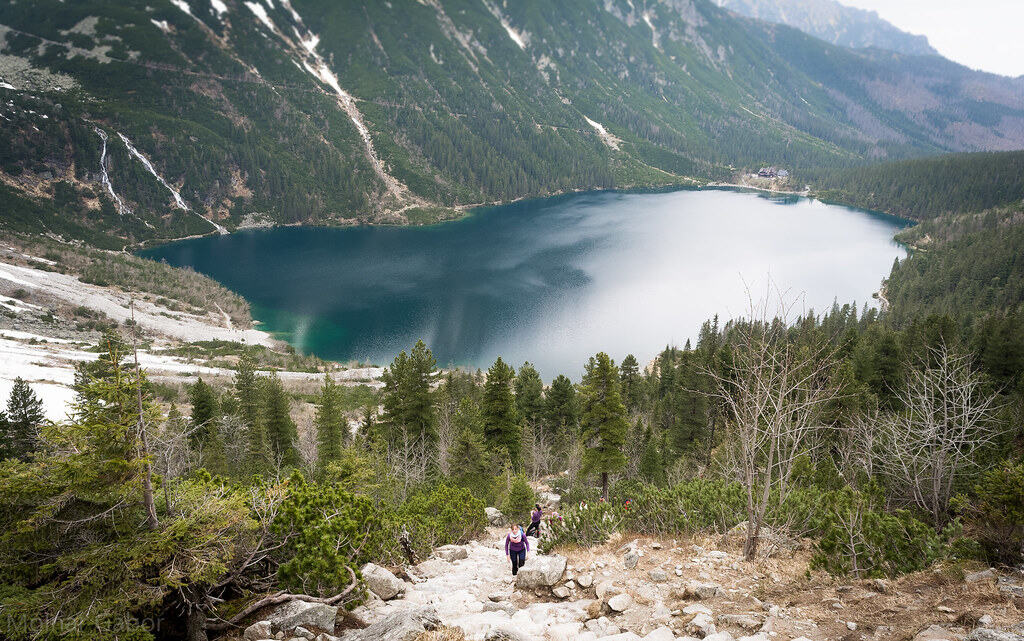
To see a reflection of the High Tatras’ towering peaks in the region’s fourth-deepest lake, Morskie Oko, take a walk through the Rybi Potok Valley (the Eye of the Sea). Relax by the crystal clear river and have a delicious meal at the cozy wooden hut before embarking on your chosen mountain trek!
Both Poland and Slovakia are home to the Tatras National Park. Many waterfalls, like the 70-meter-tall Wielka Siklawa, may be found in Poland, which has over 600 caverns to explore. Many of the country’s mountains are covered with snow.
Visitors to Morskie Oko Lake are treated to a kaleidoscope of colors and reflections on the lake’s wind-blurred surface. Morskie Oko, at 1,395 meters above sea level and perched atop Zakopane’s most famous winter resort, has long been touted as Poland’s greatest trekking site. Nature at its very finest!
Kraków Cloth Hall
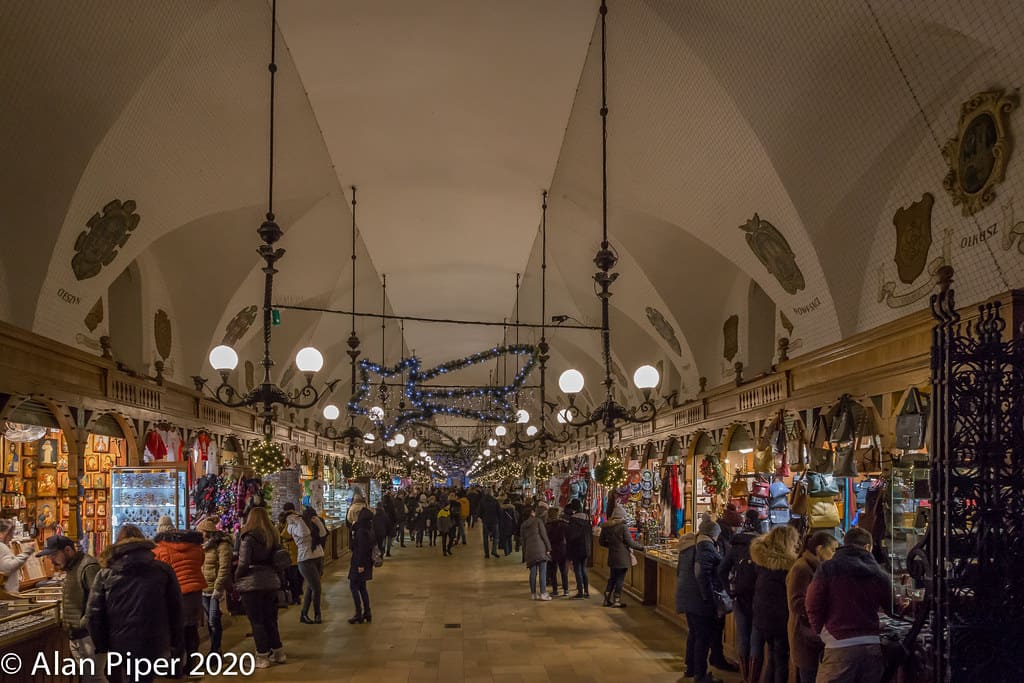
The Hall, whose origins may be traced all the way back to the Renaissance era, has traditionally served as the beating heart of Poland’s foreign trade. During the 15th century, it was the primary location where foreign merchants would congregate to trade exotic spices originating from the Far East.
To purchase salt from Wieliczka Salt Mine, merchants came not just from Poland but also from all around Europe. In addition, linens, textiles, and silk were exchanged here; these goods were manufactured locally as well as imported from other nations for sale.
After undergoing renovations in the 19th century, the Hall served for many years as a venue for a variety of events, including the hosting of ceremonial balls in honor of traveling emperors and monarchs. The primary level has recently been transformed into a bustling commercial district, with a variety of shops and galleries offering a selection of trinkets, curiosities, and miniature works of art for sale.
The extensive collection of Polish art from the 19th century that was previously housed on the second level has been moved to the Sukiennice Museum.
Wieliczka Salt Mines
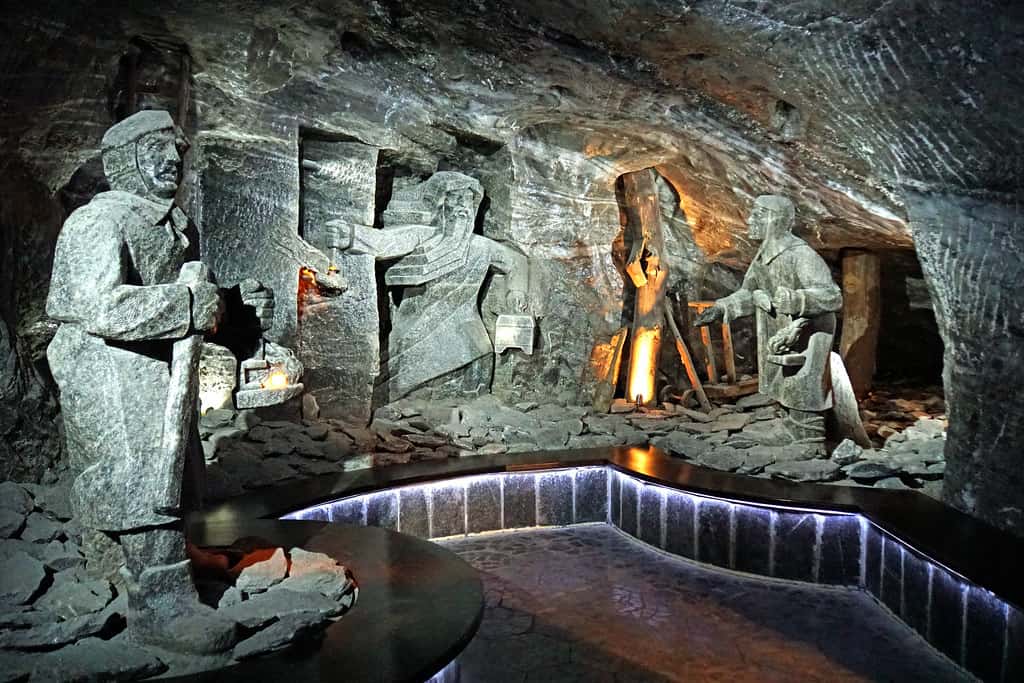
The salt mines outside of Krakow, Poland, have been producing salt for generations.
Today, tourists may enjoy a tour of the caves that were left behind after salt was extracted from the earth.
However, this isn’t your average mine tour.
There are several salt sculptures in the Wieliczka Salt Mines, a UNESCO World Heritage Site.
These are carved from the same gray rock salt that was mined here, depicting noteworthy visitors and historical individuals.
You may even visit the renowned Last Supper painting copies, as well as crystal chandeliers fashioned from white salt, in a subterranean church.
The enormous stairway leading to the chapel’s doorway welcomes you with open arms.
While you’re there, you may browse the gift store or stop by the restaurant in the basement for a bite to eat.
As an option, you may take the Miner’s Route trip if you desire a lengthier and more rigorous experience than the standard excursions.
You may take a break from your sightseeing by visiting the health spa.
Tatra Mountains
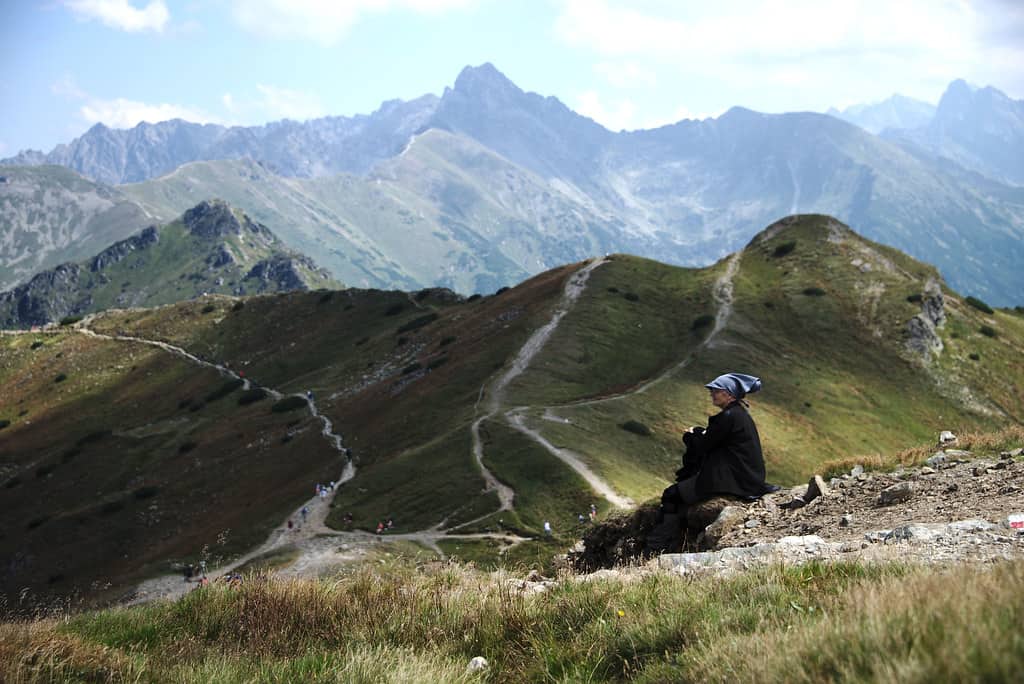
Morskie Oko, one of Poland’s largest lakes, is nestled amid high mountains and evergreen forests in the Tatra Mountains.
Incredible vistas of high mountains can be seen from the lake’s surroundings, making it look like a scene from an action movie.
Several tales surround the origins of this emerald-green lake, which reaches a depth of over 52 meters.
The lake itself is merely a small portion of the allure of this location.
Swiss pine trees provide a lush backdrop along the undulating slopes and rocky trails to continue your trek.
As one of the most frequented spots in the Tatra Mountains, Morskie Oko is a terrific adventure.
On foot, it takes 10 km or more than 2 hours via paved and unpaved roads, woodland paths, and stone and needle-pined steps.
Tourists can take a horse cart up far, but the last 2-3 kilometers must be walked.
At the lake, guests may recharge with food or a local beer and watch trout swimming around the “Eye of the Sea.”
Morskie Oko is a must for hikers, mountain enthusiasts, and those seeking nature’s beauty.
Westerplatte
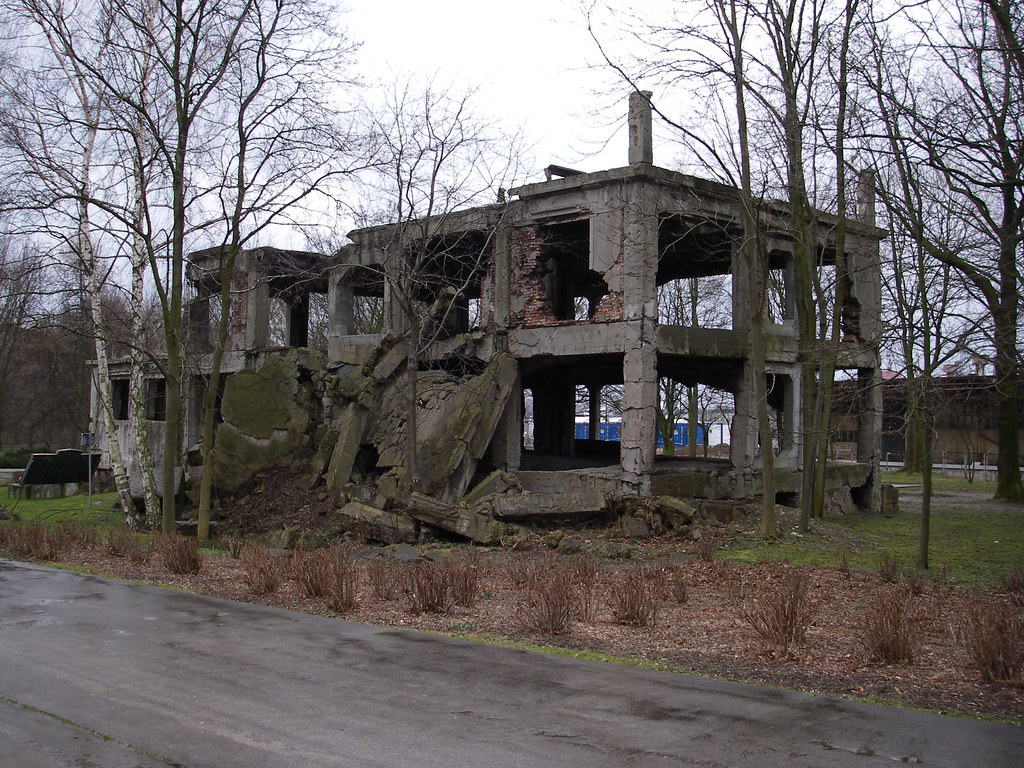
A quick excursion to Westerplatte while in Gdansk is a must for history buffs and anybody else curious about one of the most pivotal battlegrounds of World War II.
The peninsula is easily accessible by automobile from the Baltic Sea beach near the entrance of the Vistula.
It takes roughly an hour and a half to get there by bus from the city center.
Germany’s unprovoked attack on Polish soldiers on September 1, 1939, resulted in the first major combat of World War II being fought on Westerplatte.
Barracks, guard huts, and two shells may be found scattered around the large grassy area.
To get an idea of this region before the war, you may take a walk along its sea wall.
One of the former barracks houses a modest museum with displays detailing the war’s events.
There is a towering Monument of the Coast Defenders on a tiny hill nearby to remember the lost lives, and it is also a great place to see the city from a distance.
Zamosc
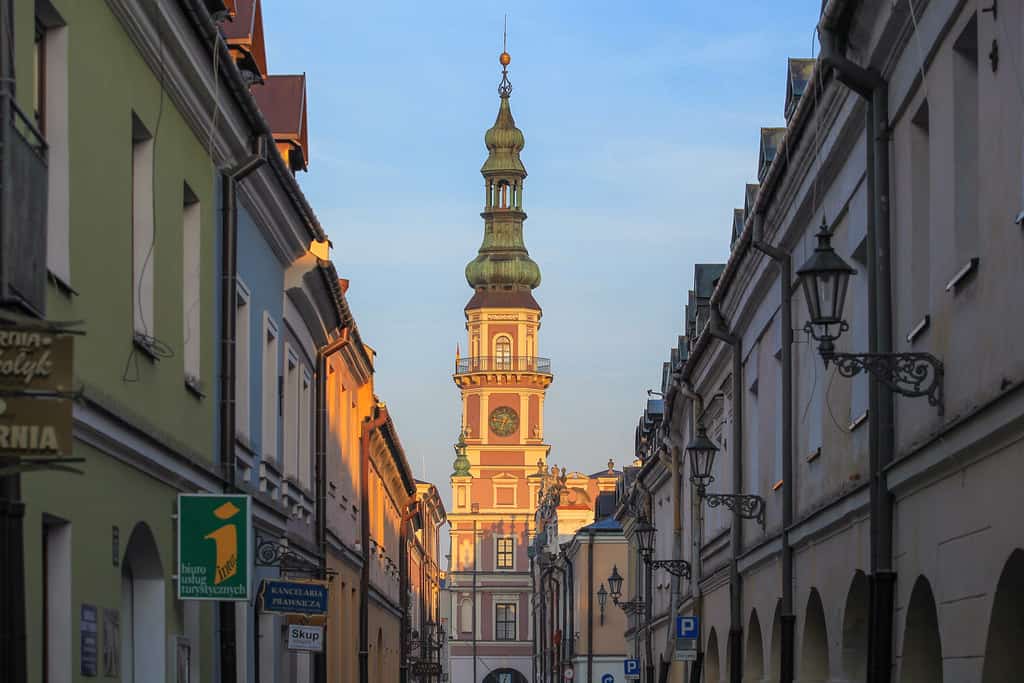
In Poland, the city of Zamosc is a Renaissance town unlike any other in Central Europe.
Zamosc is an ideal little town, with its colorful, majestic structures encircling the Great Market Square of the Old City, thanks to the partnership between entrepreneur Jan Zamoyski and architect Bernardo Morando.
Take a look at Zamosc City Hall, the city’s most well-known architectural landmark. Proceed to the Old Town Square to see the colorful houses and cottages that will transport you to another time period.
There are some fantastic views to be had from the top of a nearby cathedral, so make sure you stop by and check it out while you’re in town!
Located just outside of Zamosc city limits, the city’s 1918 zoological park is home to 2,542 species.
Driving from Lublin on the E372 to Zamosc is the quickest and most convenient option.
Furthermore, the train is the best mode of public transit since it is the simplest.
Katyn Museum
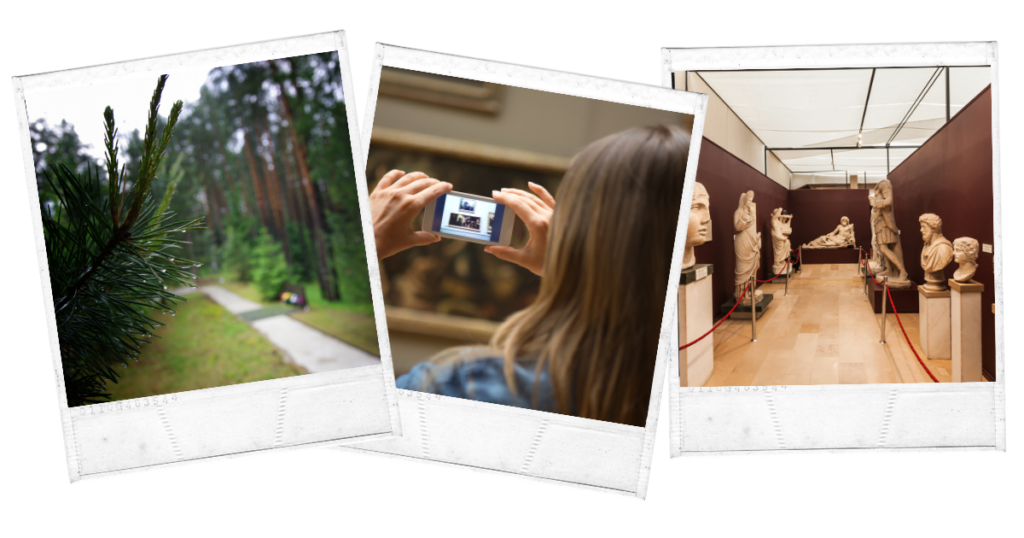
What distinguishes the Katyn Museum from the many other historic places in Poland? It is because so few people outside of Poland are aware of its historical significance.
Atrocities committed by the Nazi regime during World War II are depicted in the Katyn Museum and other memorial sites and museums in Warsaw.
The Soviet Union killed an estimated 22,000 Polish officers, prisoners of war, and intellectuals beginning in April 1940.
It is called after the Katyn forest, where a mass burial was uncovered by the Nazis in 1943, even though the crimes transpired elsewhere.
The Russians, on the other hand, blamed the Nazis for the assaults of 1941.
The Katyn Museum relates the tale of those who were massacred and those who sought to uncover the truth.
Although not all details is in English, it was simple to spend an afternoon reading all we could find on this atrocity since it is shockingly extensive.
Zalipie
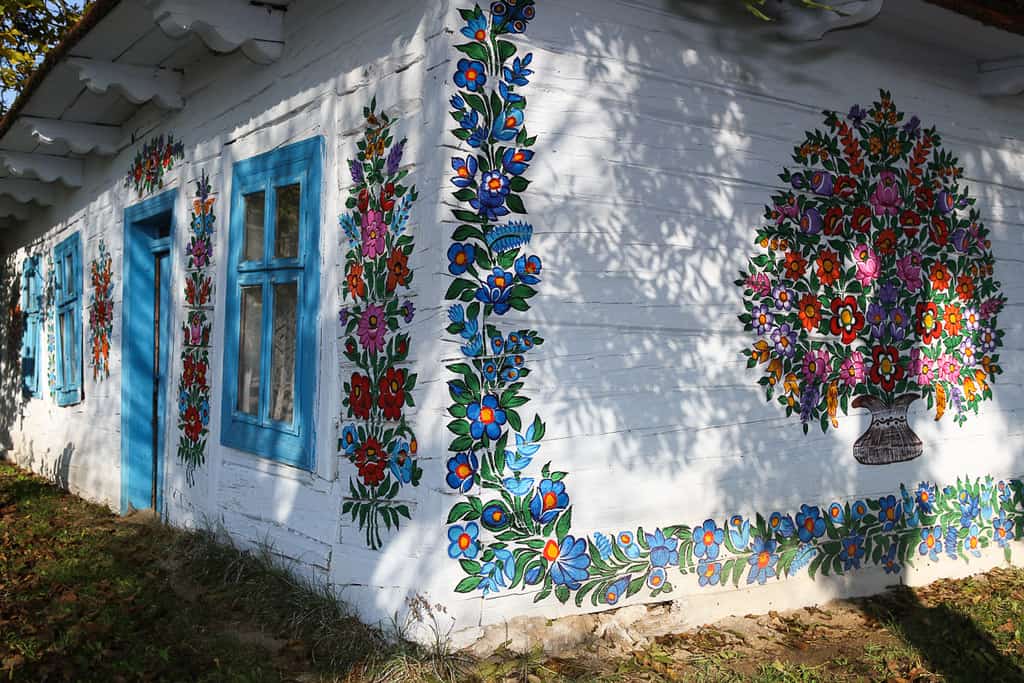
One of Poland’s most intriguing discoveries was Zalipie, located 125 kilometers from Krakow.
While public transportation is available, it takes a long time to get there, so we rented an inexpensive vehicle for the day and went for a drive through the countryside.
Women in Zalipie have painted their homes to conceal soot left behind by the construction of furnaces, earning the nickname “Painted Village” for the community.
These flower arrangements soon became a popular addition to people’s homes, and the custom has endured to this day.
Even the local hens live in art-filled coops in the town, which are full of wonderful native artwork.
A competition is conducted every year after Corpus Christi, which seems to be around two months after Easter. Each home revives and adds new paintings.
They preserve the traditional ways by making their own brushes and paints out of cow hair and frying grease and color.
Because visitors haven’t yet swamped this community, it’s an excellent reminder of how things were in the past.
Praga
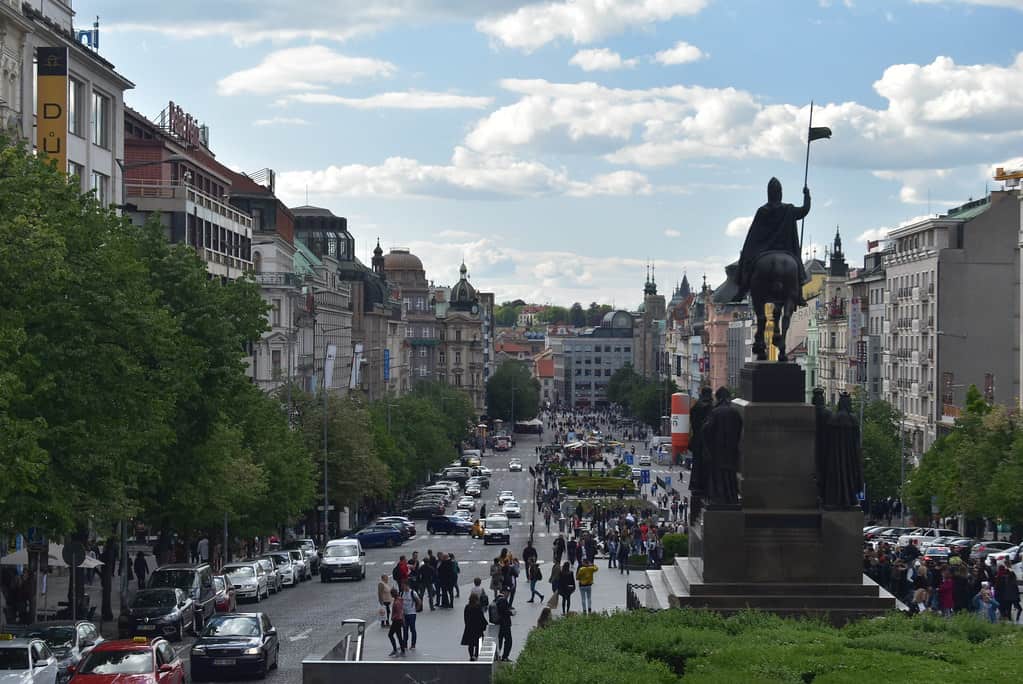
Undoubtedly, exploring Warsaw’s Praga neighborhood is a worthwhile endeavor. It’s a must-visit for everyone planning a trip to Poland. Only 20% of Praga was damaged during World War II, which means that there are many pre-war structures remaining.
Something is intriguing about the juxtaposition between these actual structures that have bullet holes in them and pastel dwellings, and the interest doesn’t end there.
Enjoy a free street art tour to visit the greatest murals in Praga and discover the area’s history and street-art culture.
One of Europe’s busiest zoos, Praga Zoo, is located in the city. Over 300 Jews were saved from the Holocaust by their owners when it was bombed and shuttered during World War II.
There are currently about 4,200 animals residing in the facility, which reopened in 1949.
Apart from that, the Koneser Praga Centre houses a museum devoted to Polish vodka, as well as a neon museum.
As if that wasn’t enough, Praga is also home to some of Warsaw’s most fashionable bars and eateries.
Poznan
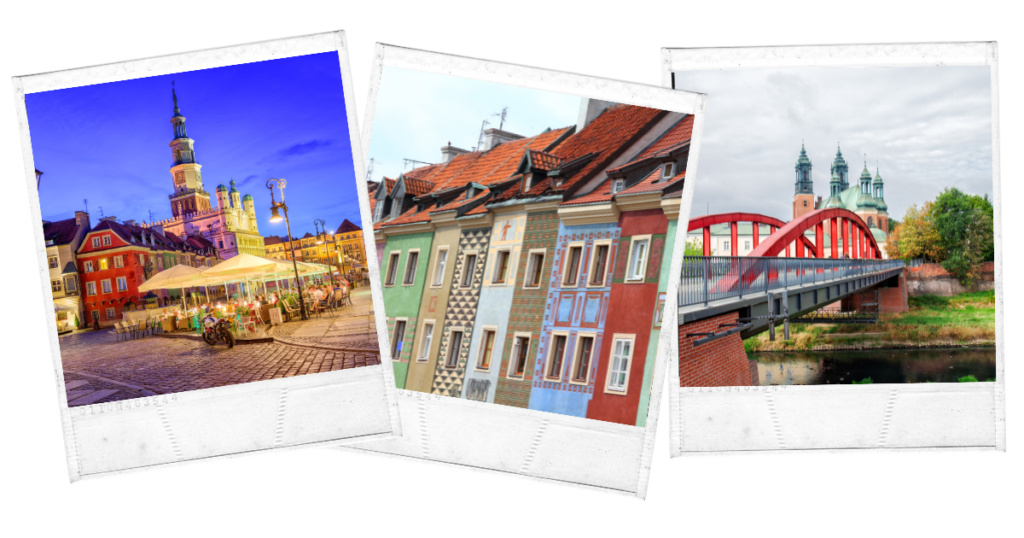
If you’re looking for an under-the-radar Polish city to visit while on vacation, go no further than Poznan!
In addition to its historical significance and strategic location between Warsaw and Berlin, it is a major city in its own right.
Poznan is one of Poland’s oldest cities, and it possesses a wealth of cultural and historical attractions.
The old town, where you can view the beautiful ancient houses, is my favorite area of the city.
Historic attractions in the city include the Poznan Town Hall and Grand Theater, National Museum, Cathedral, and Castle.
So many beautiful and ancient structures can be seen in Poznan because it was a voivodeship in the Polish–Lithuanian Commonwealth at one time.
Clubs and bars are available for anyone who want to experience the city’s vibrant nighttime scene. In Poland, vodka is a big deal, and you’ll be able to get your hands on a wide variety of local varieties.
Do you need any more convincing that Poland is worth a visit? Hop over to why visit Poland at least once in your lifetime here.
There are a number of airlines that fly into Poznan from around Europe.

